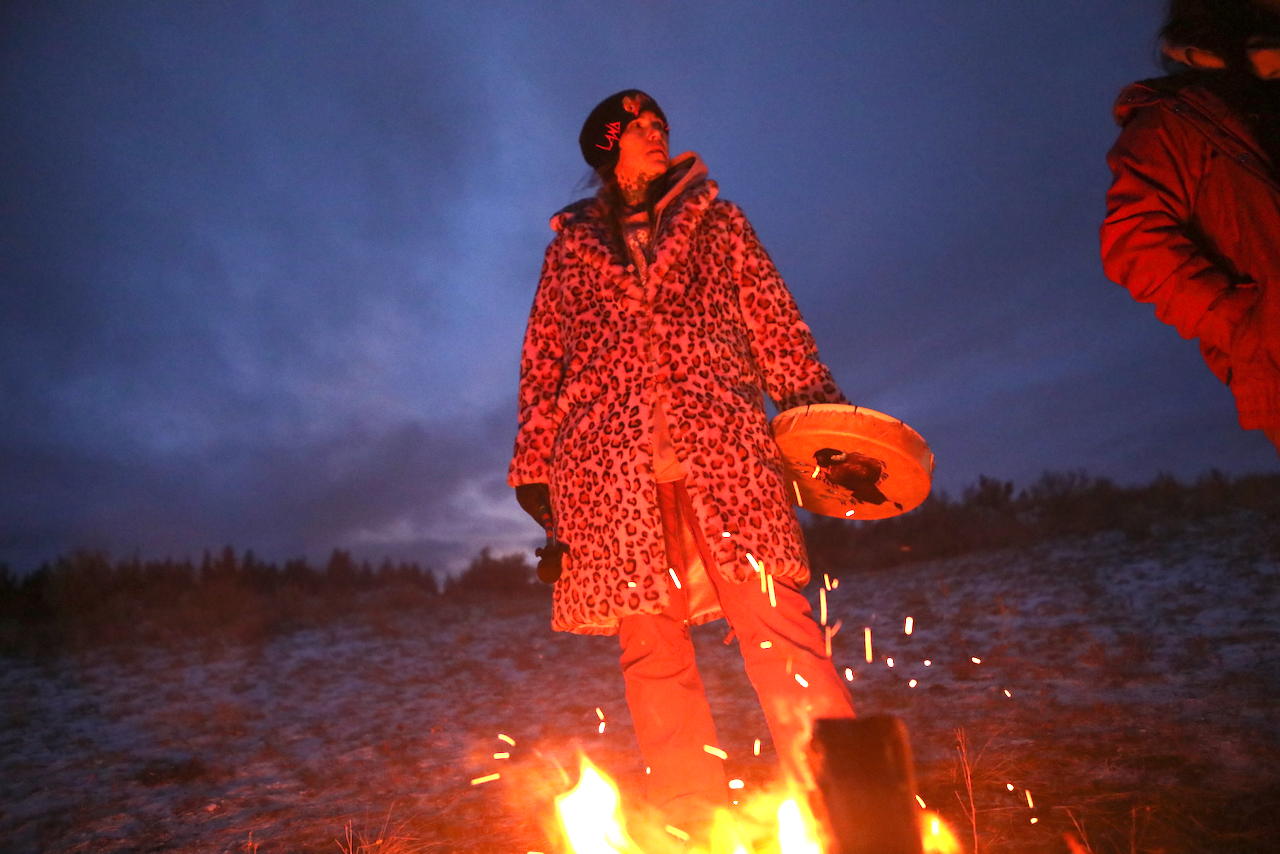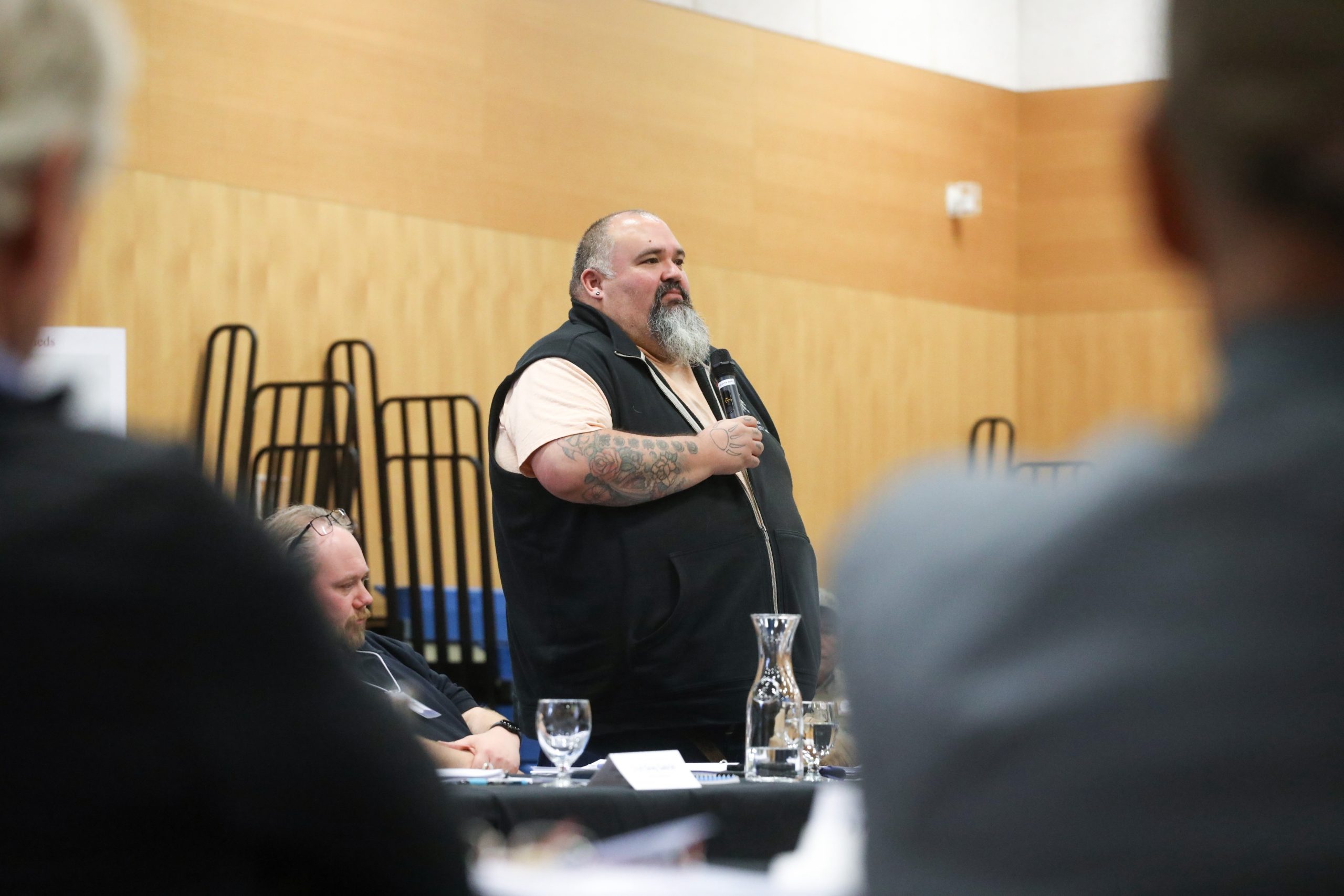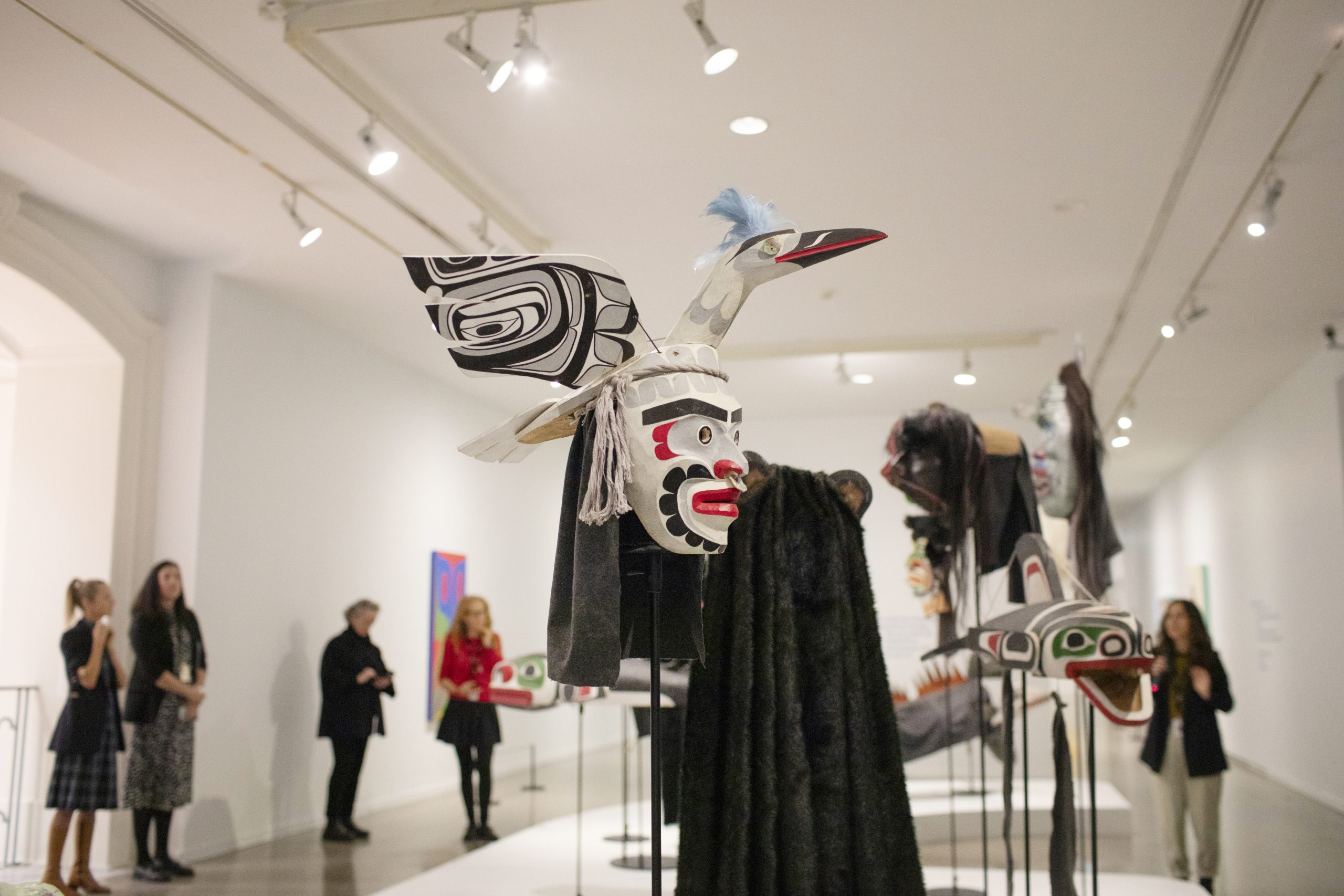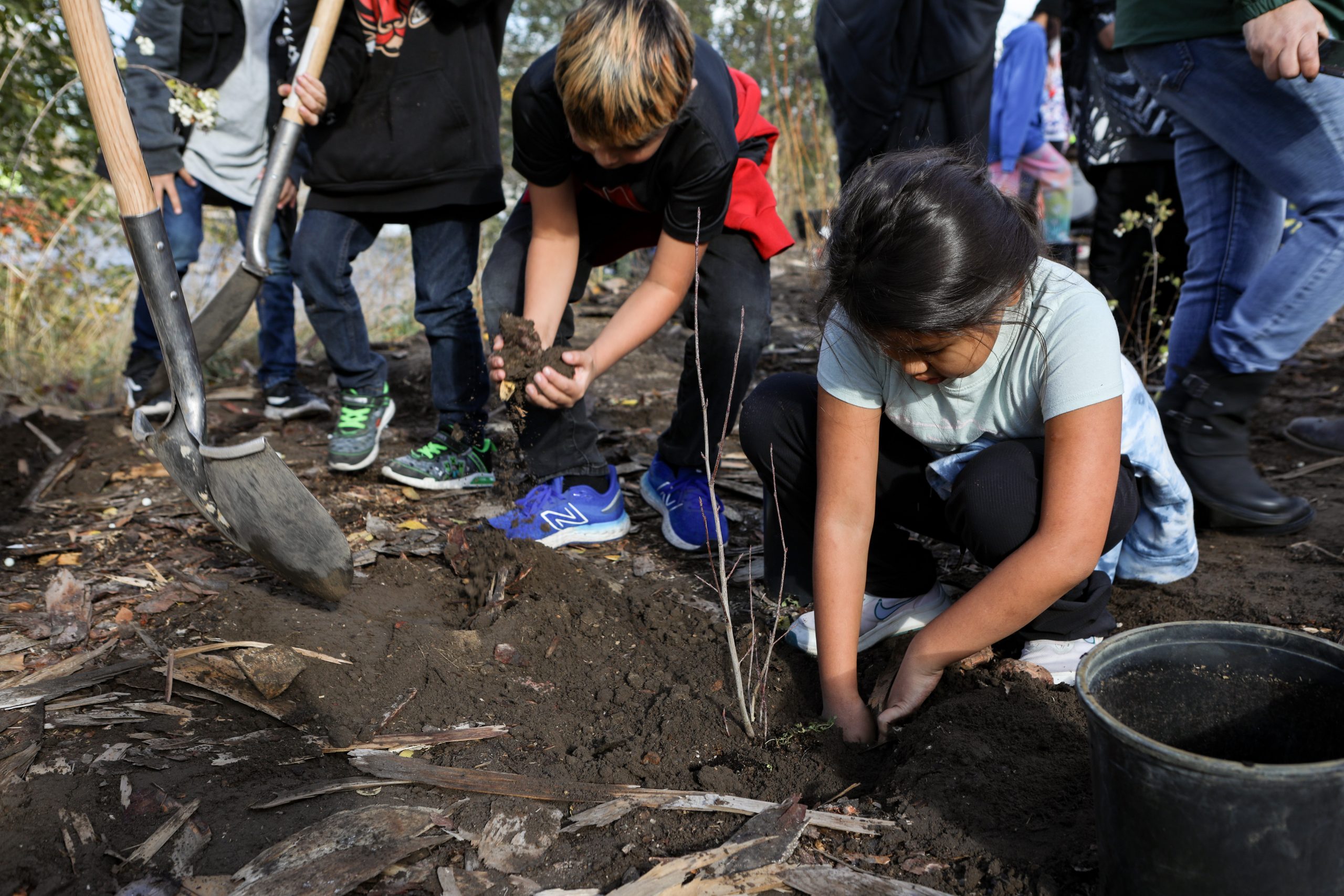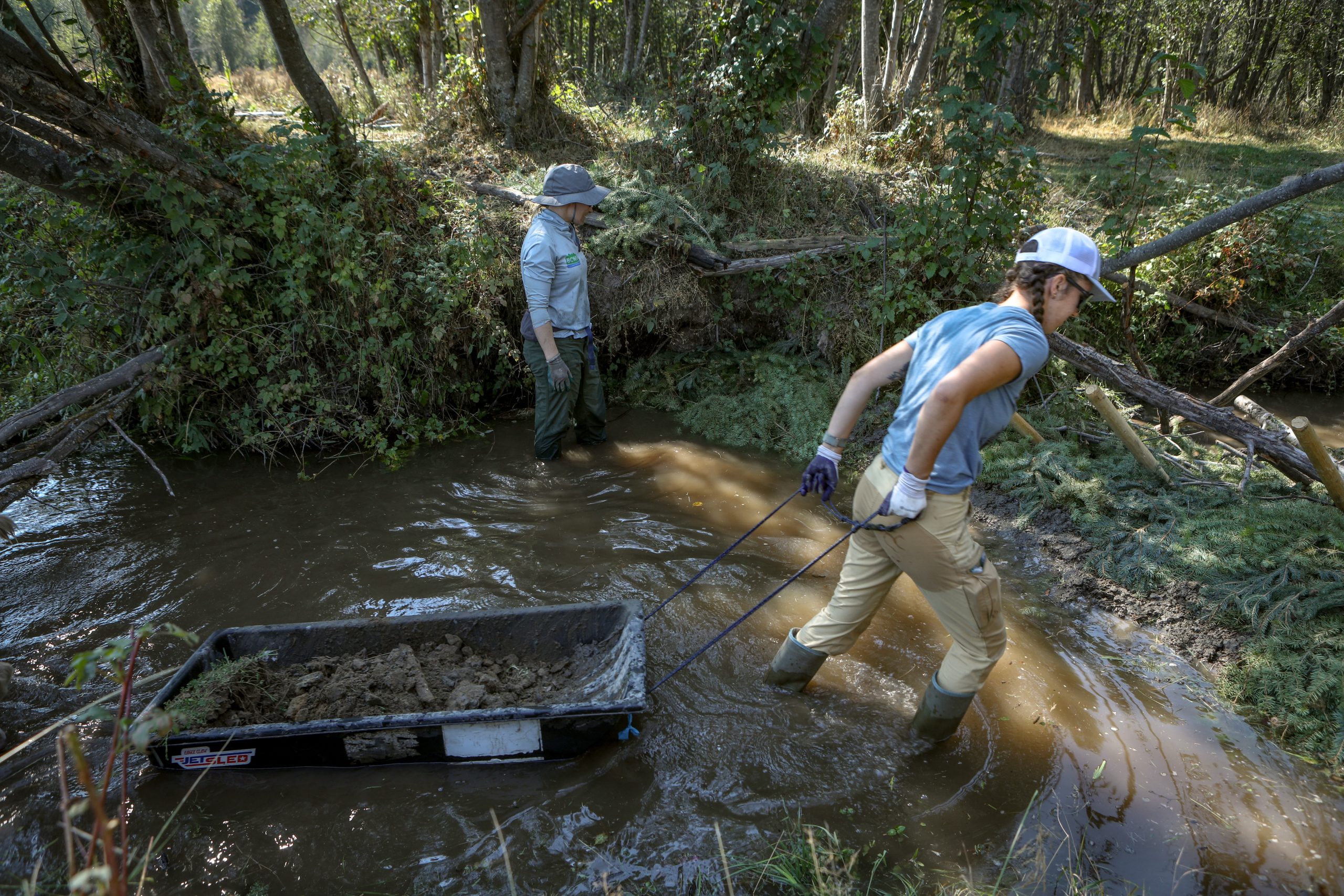In photos: Indigenous veterans honoured during event in xʷməθkʷəy̓əm, Sḵwx̱wú7mesh, səlilwətaɬ territories
Hundreds gathered in downtown ‘Vancouver’ as part of country-wide events on National Indigenous Veterans Day

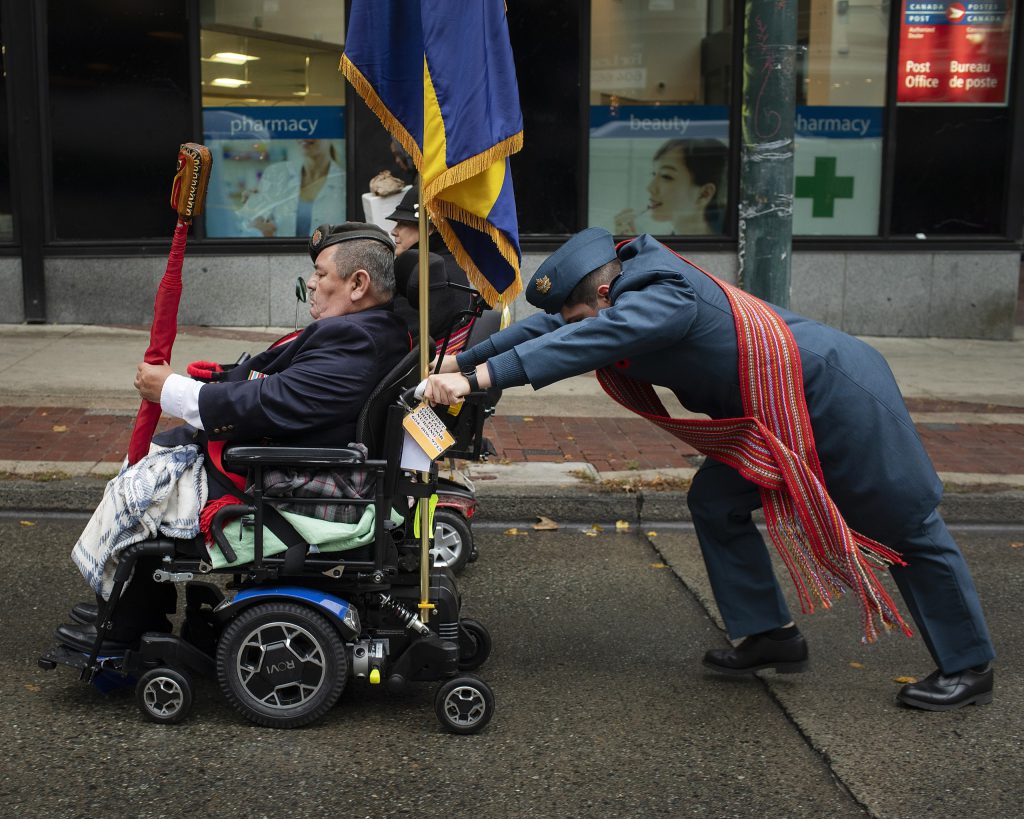
Amid the backdrop of the Downtown Eastside where many veterans have lived, people marched in honour of First Nations, Inuit and Métis veterans through xʷməθkʷəy̓əm, Sḵwx̱wú7mesh and səlilwətaɬ territories on Wednesday.
To the sound of drumming, veterans, community members and other supporters marched together to remember those who served as part of country-wide events for National Indigenous Veterans Day.
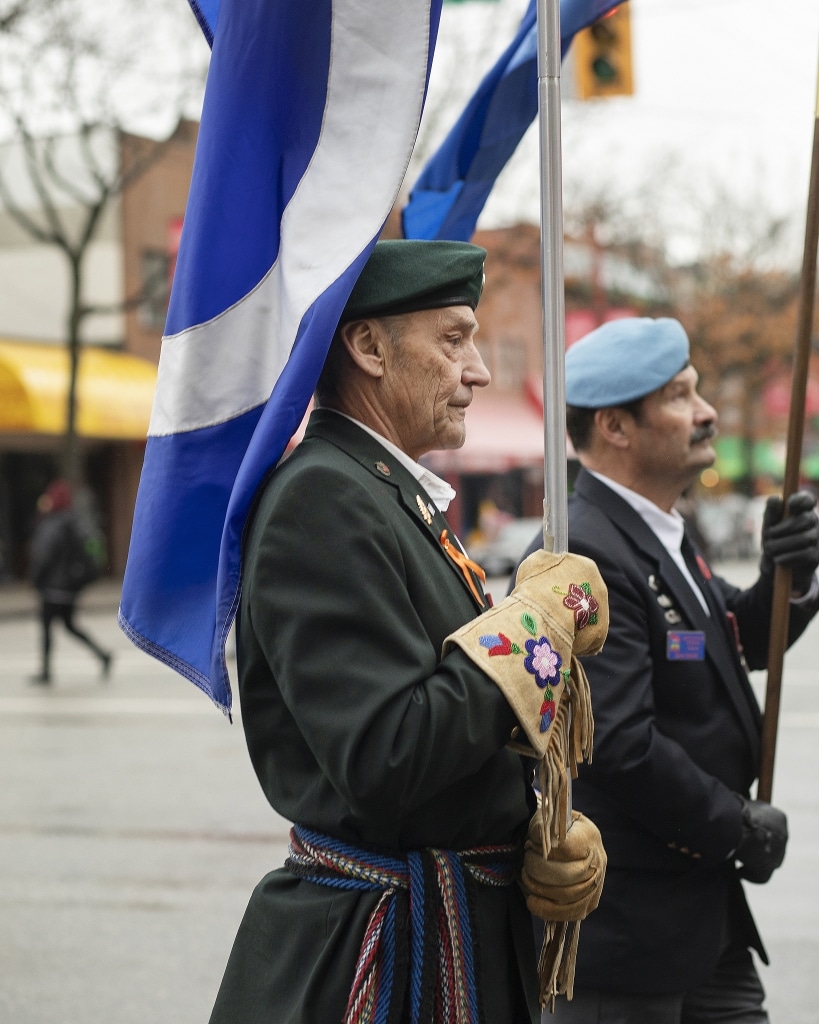
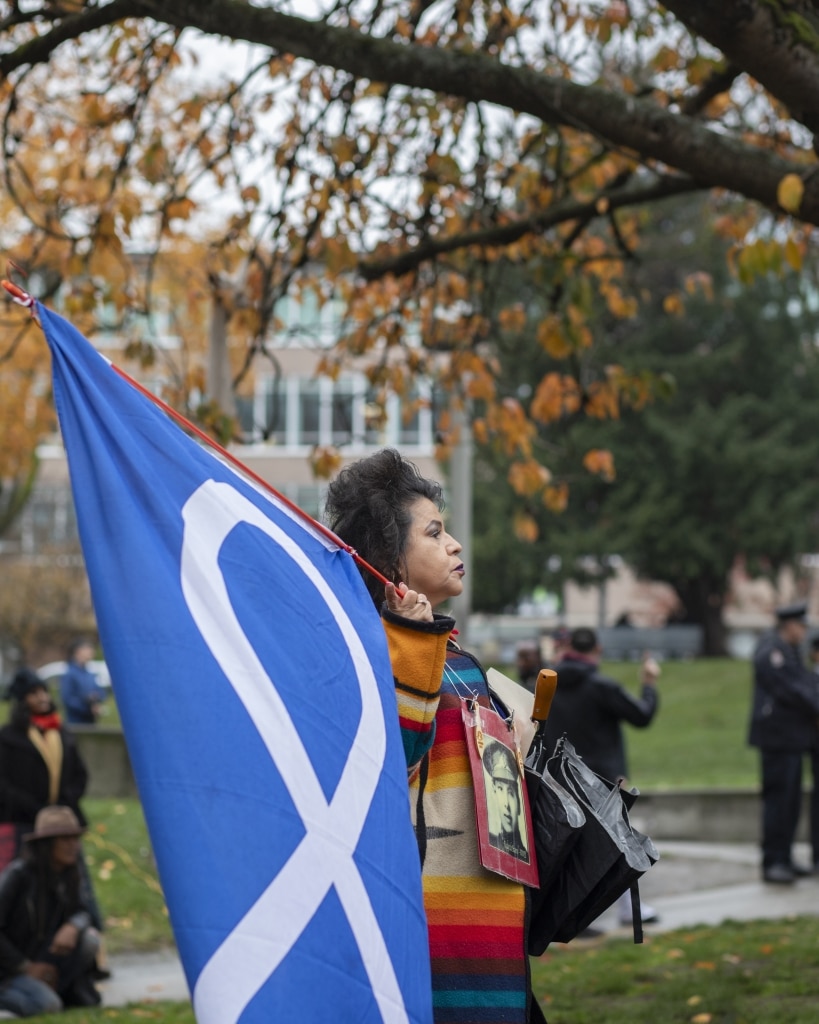
According to the Government of Canada, more than 7,000 Indigenous peoples served in the First and Second World Wars, and several hundred served in the Korean War. The actual number is higher — thousands deployed did not hold government-issued status, and record-keepers did not include Métis people.
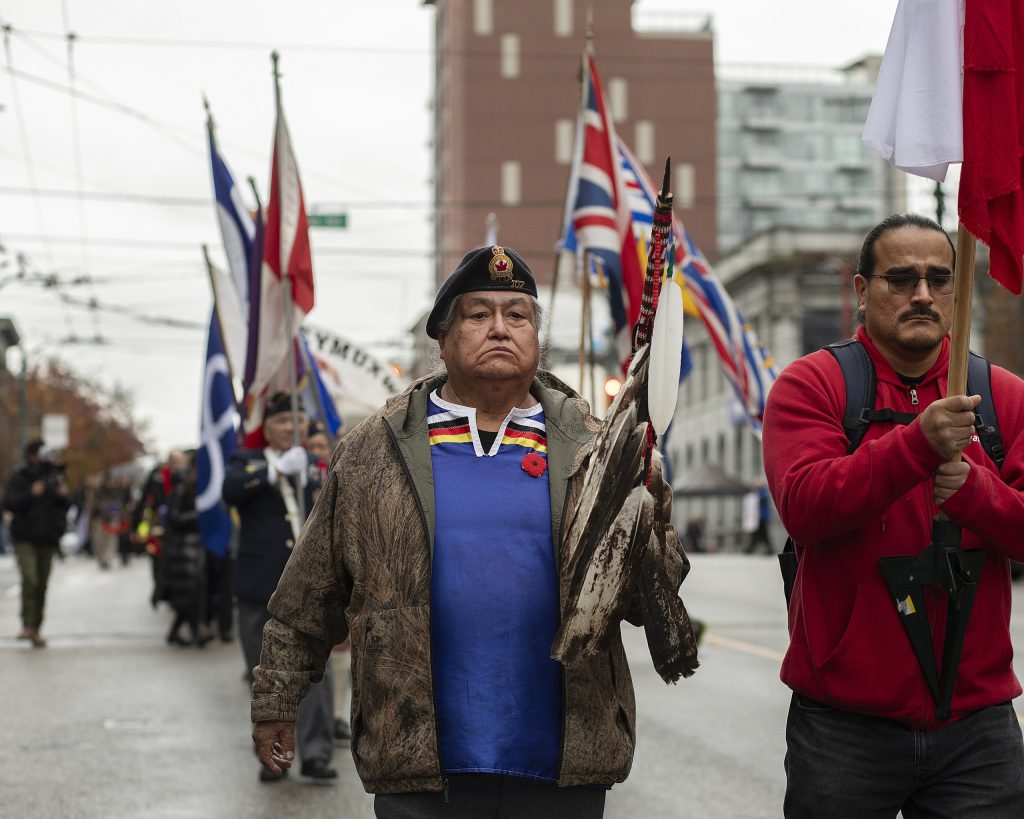
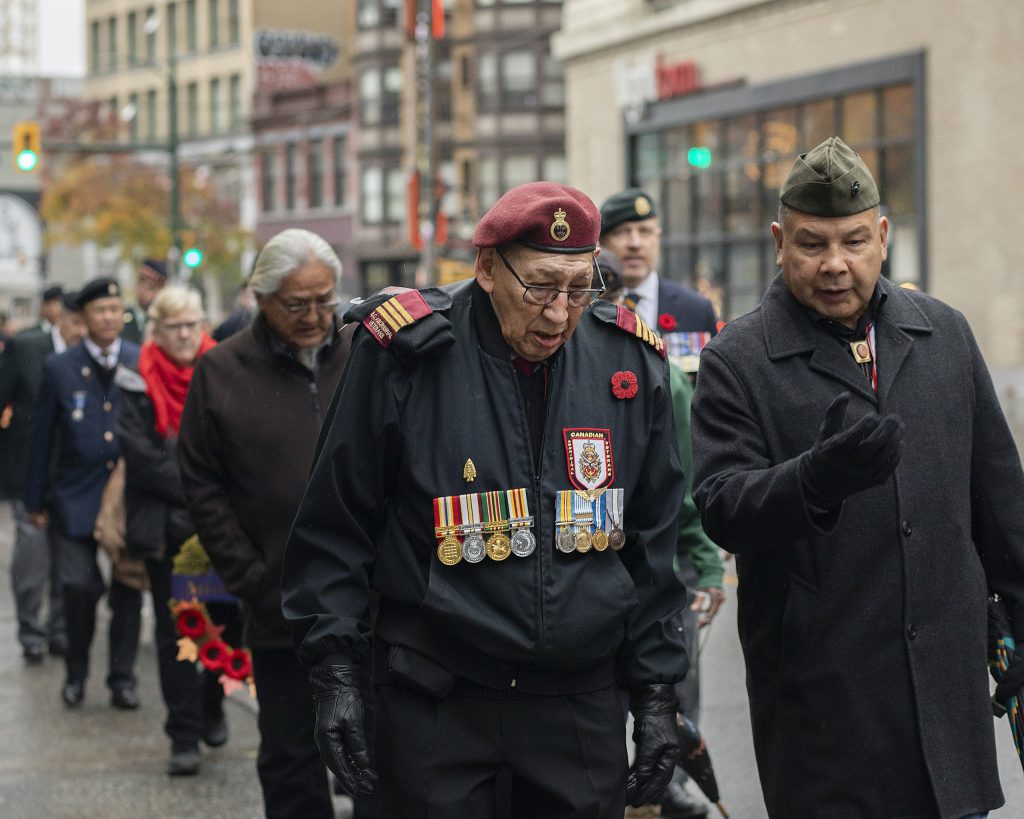
Indigenous peoples brought invaluable skills to the military, including expert marksmanship and their languages, which were used to protect secret messages against interception. Despite their talents, Indigenous service members faced challenges beyond the horrors of combat. Racism, language barriers, and cultural assimilation were par for the course in the “Canadian” military.
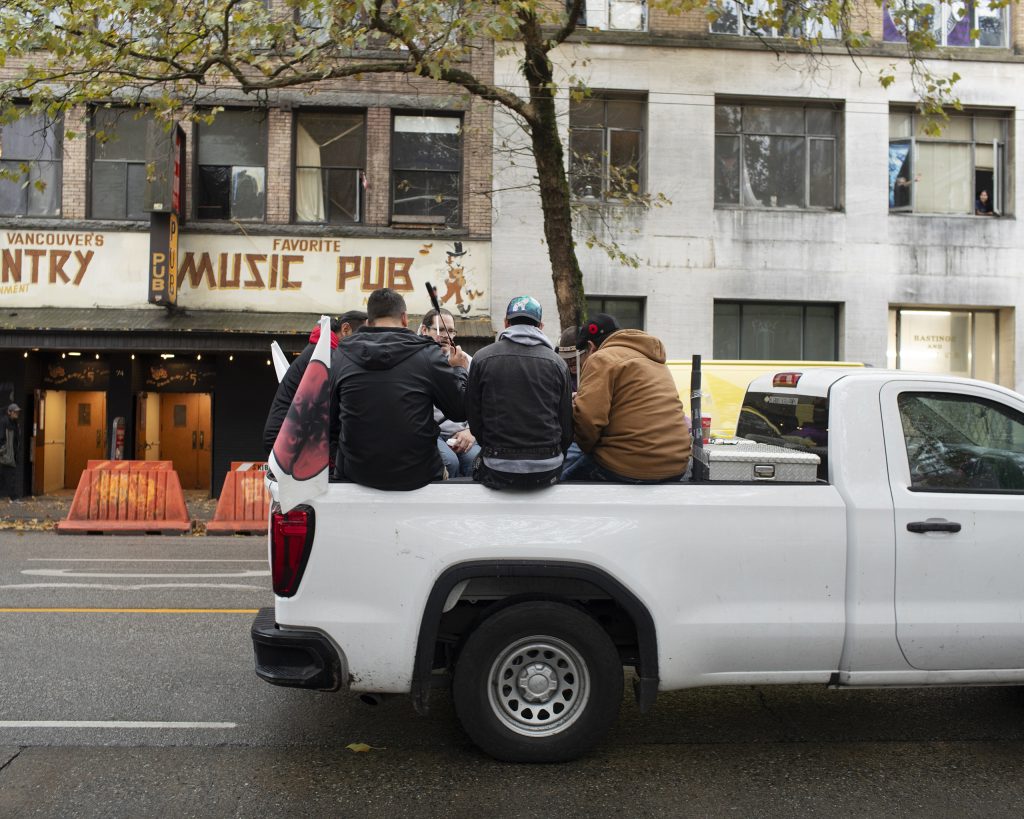
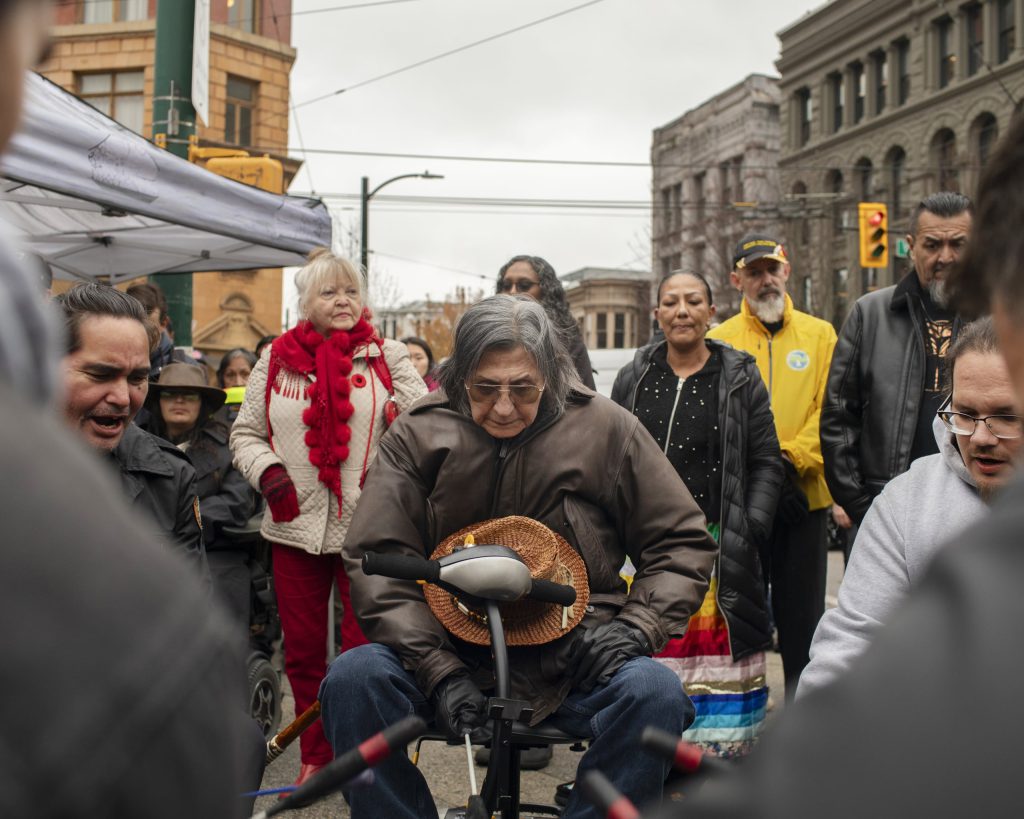
When they returned home, Indigenous veterans who were forced to give up their Indian status when joining the military, received none of the benefits afforded to other veterans, such as access to loans or free farmland for resettling. They were denied basic civil rights, and after the First World War, the federal government took between 35,000 and 75,000 hectares of Indigenous lands to give to non-Indigenous veterans.
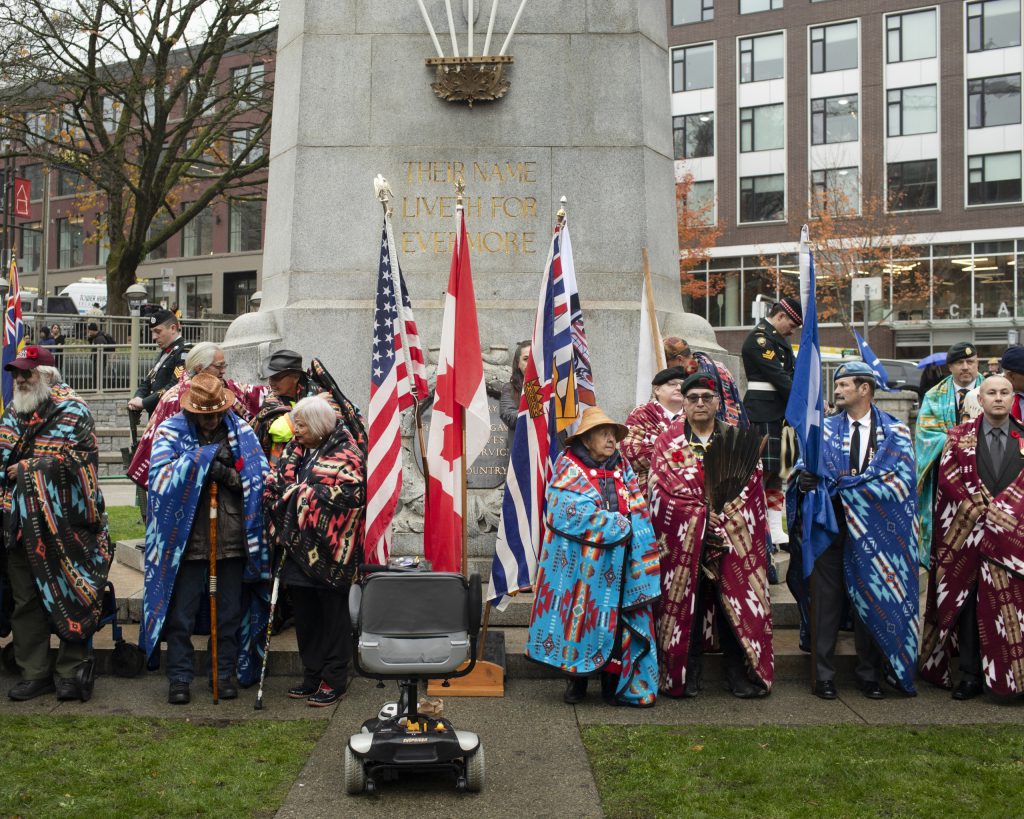
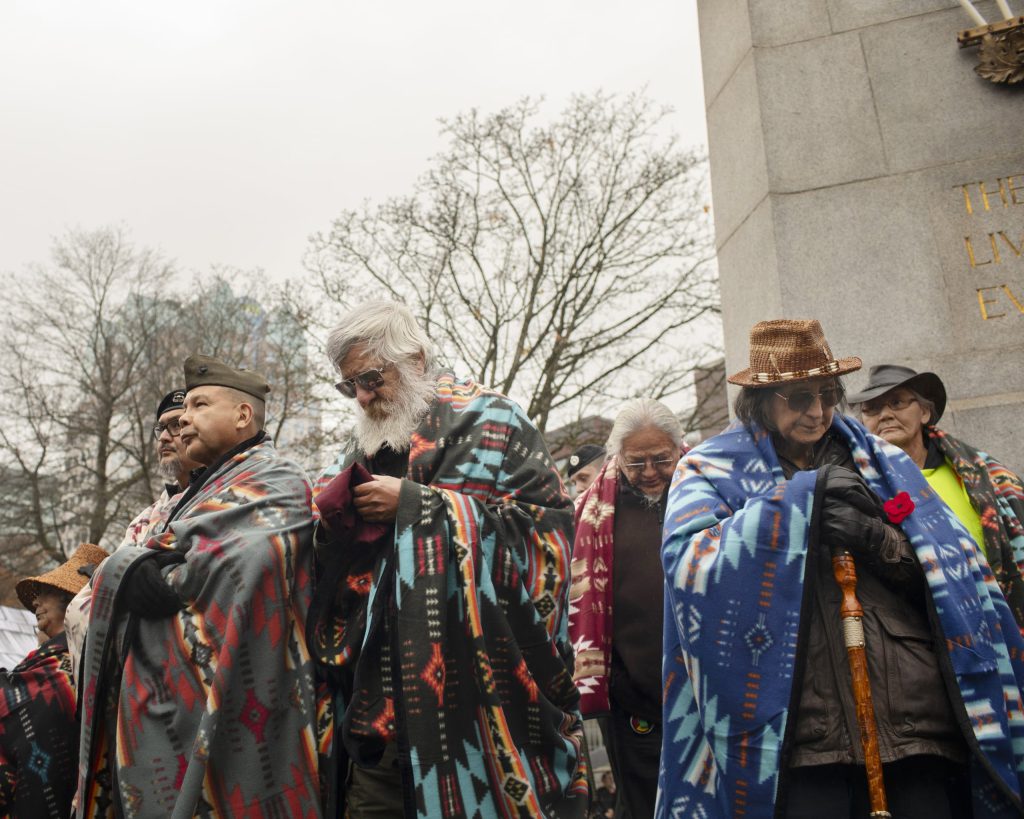
Before 1994, when “Manitoba” first recognized November 8th as Aboriginal Veterans Day, Indigenous veterans weren’t allowed to participate in Remembrance Day ceremonies, or lay wreaths at National War Memorials. Now, the day is marked nationwide each year.
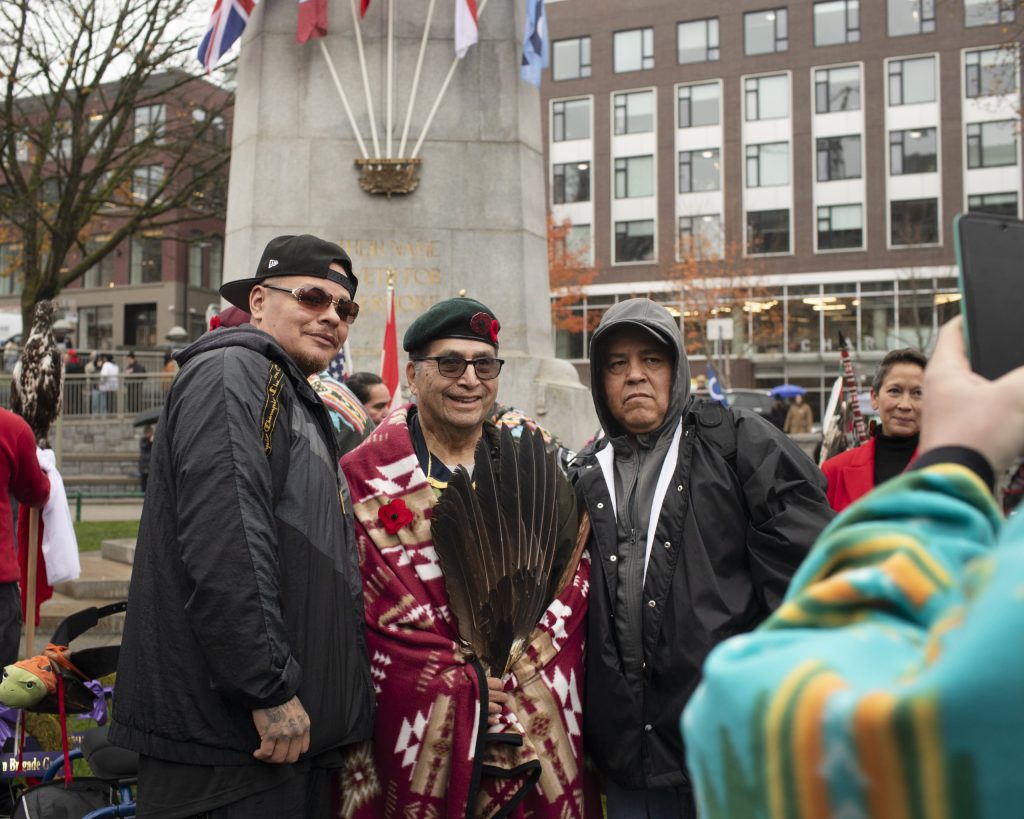
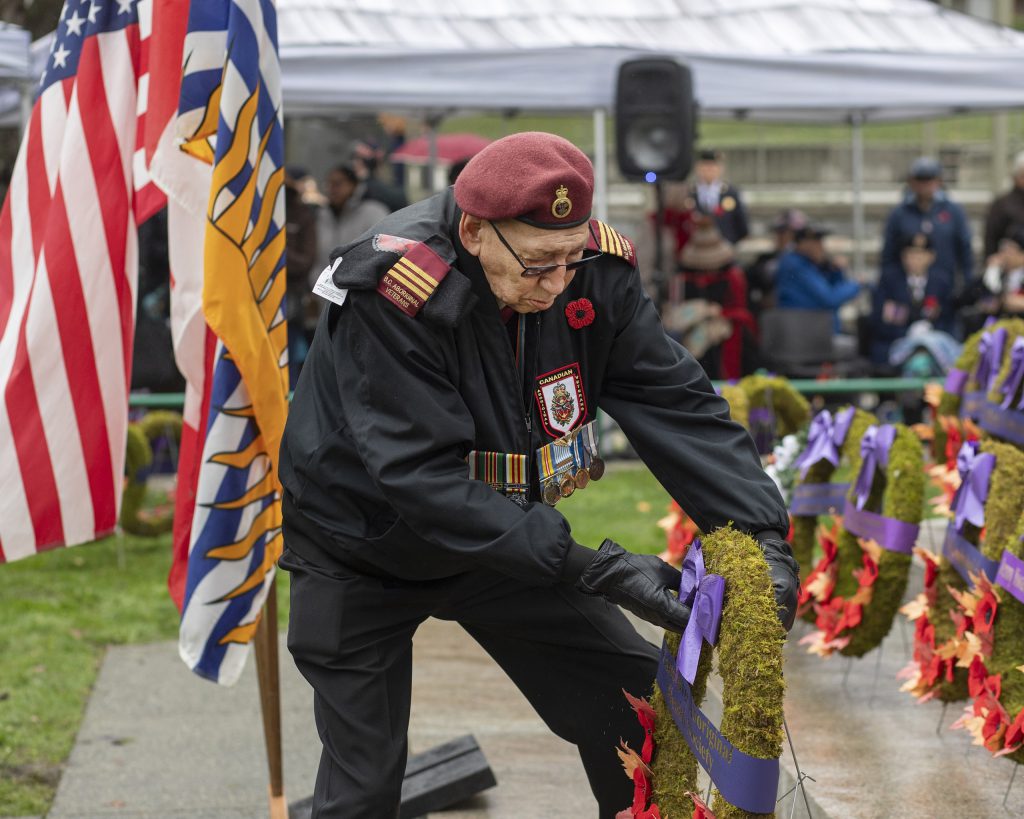
Author
Latest Stories
-
‘Bring her home’: How Buffalo Woman was identified as Ashlee Shingoose
The Anishininew mother as been missing since 2022 — now, her family is one step closer to bringing her home as the Province of Manitoba vows to search for her
-
Will you help us tend to the fire?
IndigiNews is launching a fundraising campaign to support our storytelling into 2026



